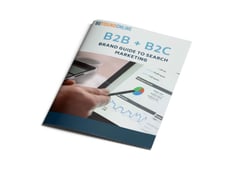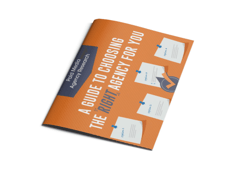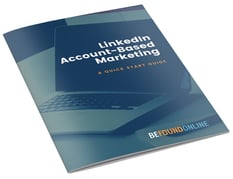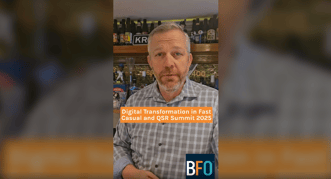
by Steve Krull and Mike Davies
So just when you thought you’d worked out Google’s ranking algorithm they have (as they often do) thrown in something new to deal with in the form of “passage indexing.”
The new change,which went live for US English sites in February, changes how sites rank based on the relevancy of passages within an article and how they relate to specific searches.
According to Google, the change will help the search engine “better understand the relevancy of specific passages”.
If a passage in an article provides an answer to a specific question, the article that the passage appears in will show up at the top of search – even if it’s not the main topic of the article.
Sounds complicated?
It’s not really.
When they announced the changes, Google helpfully provided a before and after image of a search result, taking into account the passage index update.
So let’s say you searched for “how can I determine if my house windows are UV glass”.
Right now, that search will bring up the following result:

This is the website that Google deems most relevant.
But, after the Passage Index update, the result will change to be something more like this:

You can see from the second result that the user is now given the answer to their specific question with a passage from a relevant article that directly answers the query.
This isn’t the same as a featured snippet.
This is because a featured snippet is pulled from a page deemed to be most relevant to a search, whereas this new change pulls the most relevant passage from a page (even if that page isn’t the most relevant overall).
In Google’s blog announcing the update they say the change will help find the ‘needle in a haystack’ information that might otherwise be lost in a long form piece of content that the user would have to read in order to find that one specific piece of information.
They say it will improve about 7 percent of search queries across all languages.
One thing to note from an SEO and content perspective, is that this won’t change how Google indexes pages.
It will still index the full page, but the algorithm is now looking for those specific passages, or bits of information on the page to judge which is most relevant to a specific search.
How does this impact your SEO and content marketing?
It’s too soon to go running off, and breaking down your old strategy for SEO and content just yet.
For the most part this appears to be a user first update rather than something for site owners to get too worried about – but you should definitely keep an eye on how your traffic and rankings look over the next few months.
Having said that, if you have a site that is heavy with relevant content already you’ll be in a better position.
That’s simply because a website that is regularly publishing information that customers are searching for is more likely to have passages that provide answers already.
But there’s still time to catch up.
Will this be better for long form or short form content?
It’s worth considering that the change can benefit a website whether it focuses on short copy or long form.
Because the passage update isn’t based on the main topic of a page, it means information in long form pillar pages can be pulled out and displayed at the top of search (this is that needle in a haystack that Google was referring to).
Rather than reading through 3,000 words to find a specific line, Google does the hard work for the reader, and pulls the passage out of the page and displays it automatically.
This means you may not have to worry too much about breaking down your long form content into shorter posts, sections or pages and might limit the need for paginated content – which many sites fail at technically.
From a user standpoint, you should continue to break your content into useful sections and use subheadings, if only because it makes your content easier to read and easier for users to find what they’re looking for.
And from a rankings standpoint, it puts websites with short copy (which is relevant) back in the game for rankings on specific queries, if they provide relevant answers.
This is also just one ranking factor when it comes to SEO, and you’ll still need to consider all the technical information that goes into a page as well.
What does this mean for web traffic?
Don’t get too excited just yet about seeing more clicks through to your website, because this passage index update seems to be geared more towards Google keeping traffic on its own site, rather than losing it to yours – but this is something we’ll have to keep an eye on.
All comes down to search intent
What this all essentially comes down to, is understanding the search intent behind a particular search, and providing the best possible information that answers the need of the customer.
You can see from Google’s example above, that the result most likely to show up first after the ranking update, is one which provides information for the customer, rather than a resource to buy something.
That’s because it’s an informational search, and the passage provides the best information.
It’s that simple.
We’ve got a more indepth blog about the importance of search/ keyword intent here.
But by understanding what your audience is searching for, what information or results will be most useful from a search, and creating content that matches that need you’ll stand a good chance of coming out on top in the future.
Want some help creating content that will help you deal with this new change? We’re here to help.

Steve Krull
As CEO/Co-Founder of BFO, Steve excels in ‘unleadership.’ (his word) Steve believes in collaboration and leading by example; remaining vulnerable and open to new ideas, accepting feedback…and doing good things.
CATEGORIES
SUBSCRIBE TO OUR BLOG
Stay up to date with the latest industry best practices in digital marketing!










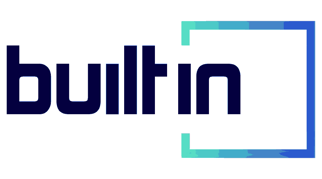












.png?width=339&height=179&name=Webinar%20Banner%20(1).png)

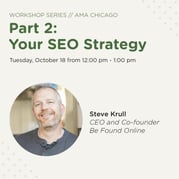

.png?width=339&height=179&name=July%20Webinar%20(Newsletter).png)

.png?width=339&height=179&name=Webinar%20Banner-April-02%20(1).png)
%20(4).png?width=339&height=179&name=Webinar%20Banner-May-02%20(1)%20(4).png)




.png?width=339&height=179&name=March%202023%20Webinar%20Ad%20(autoresponder).png)


